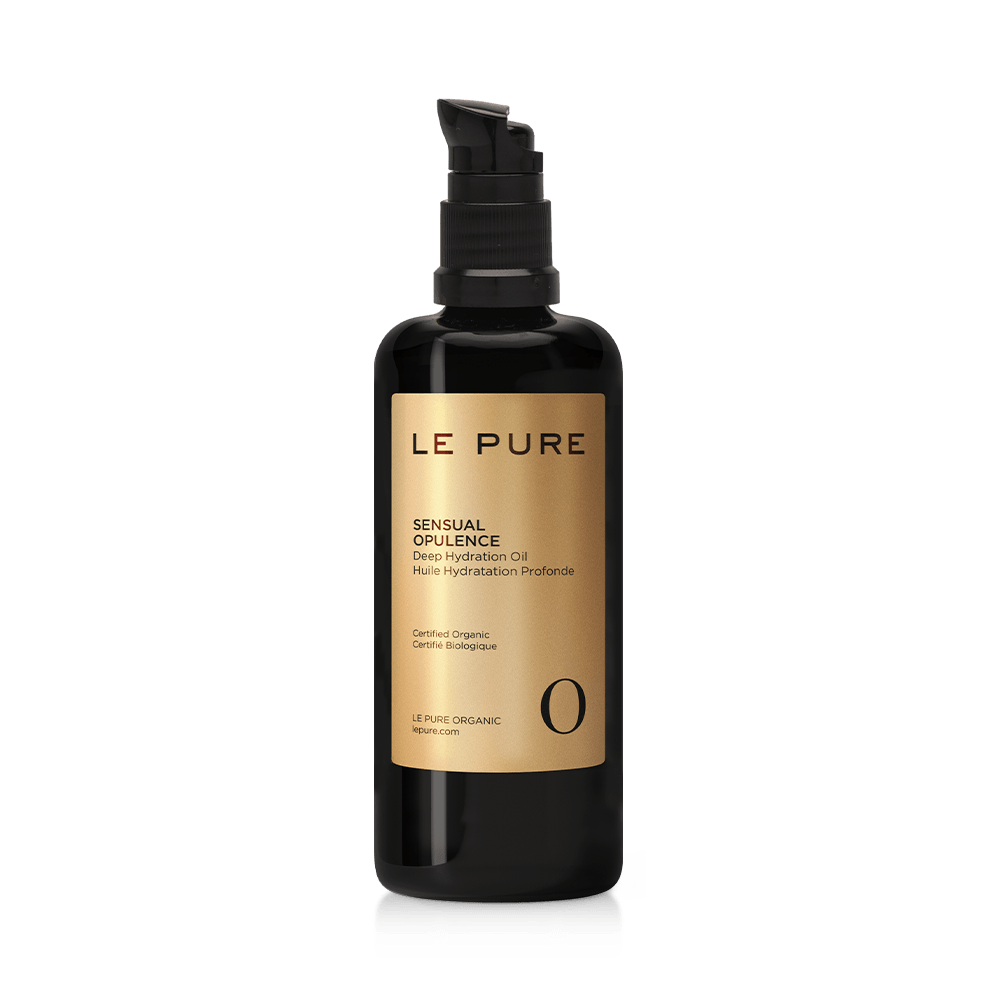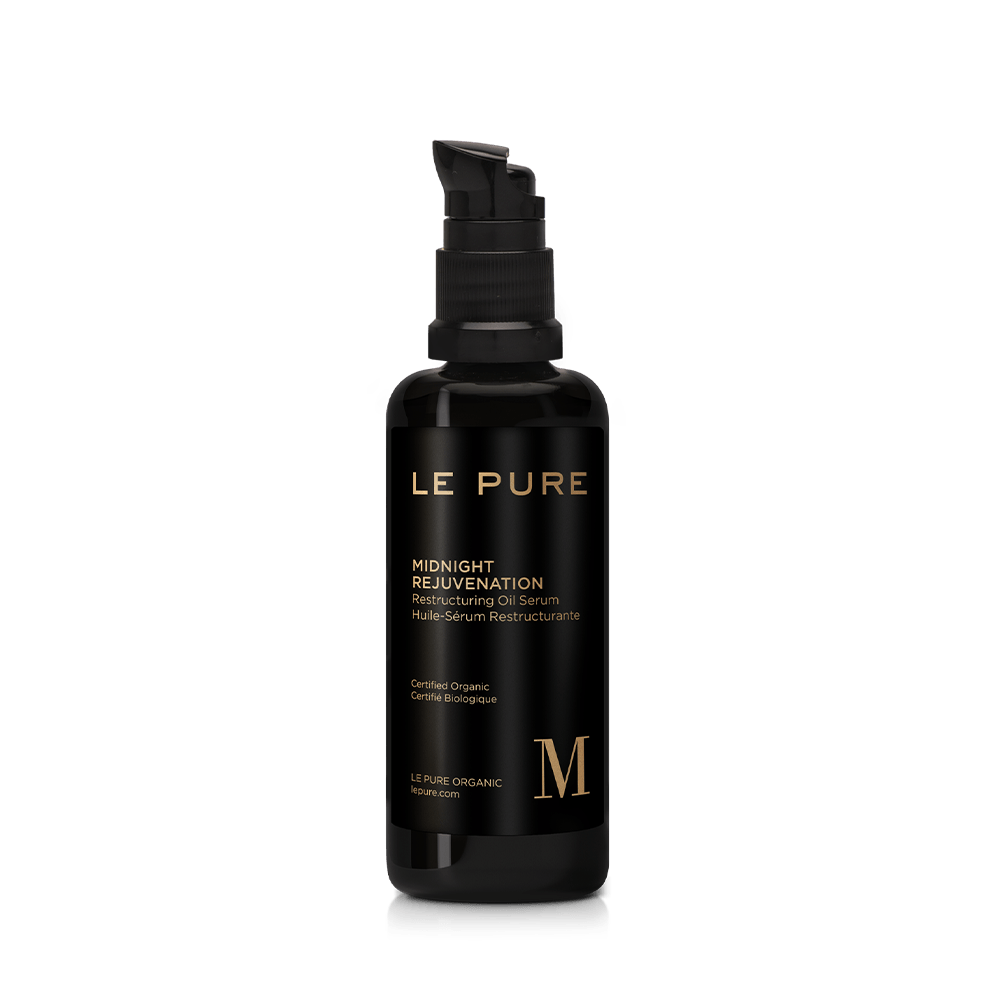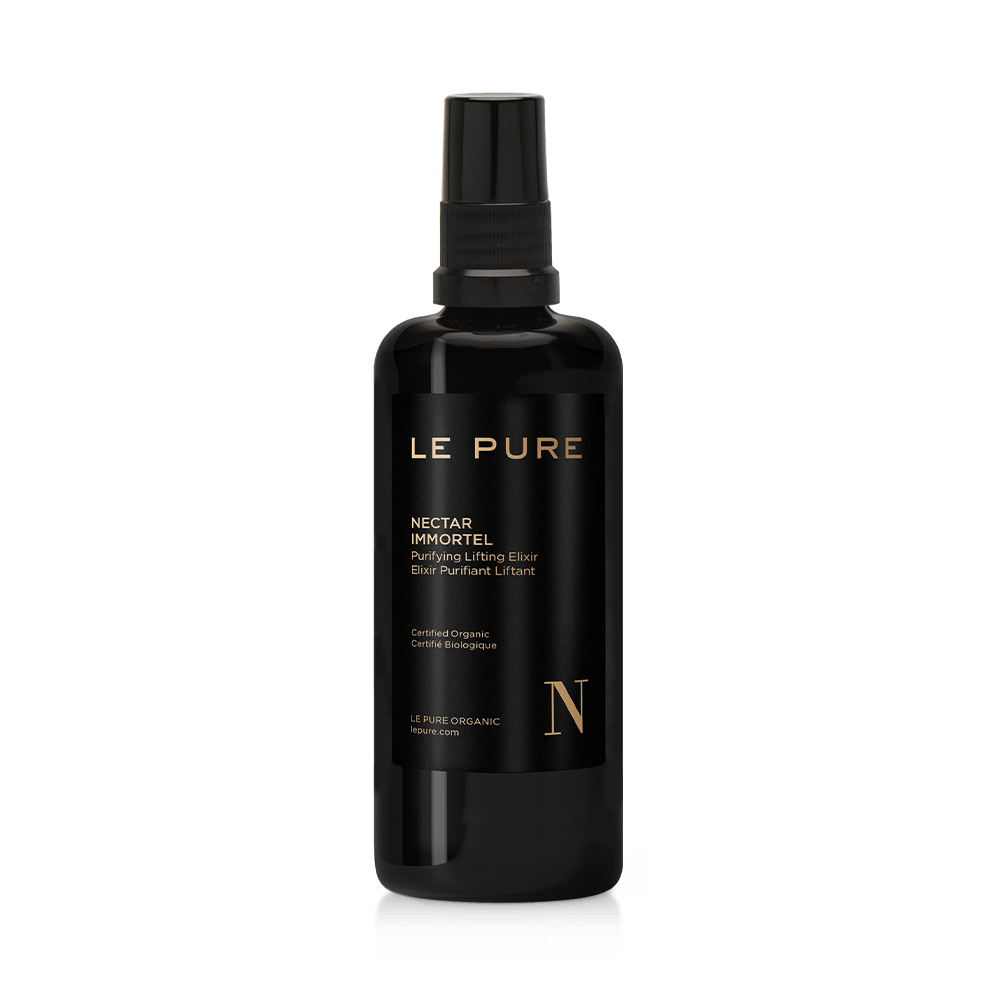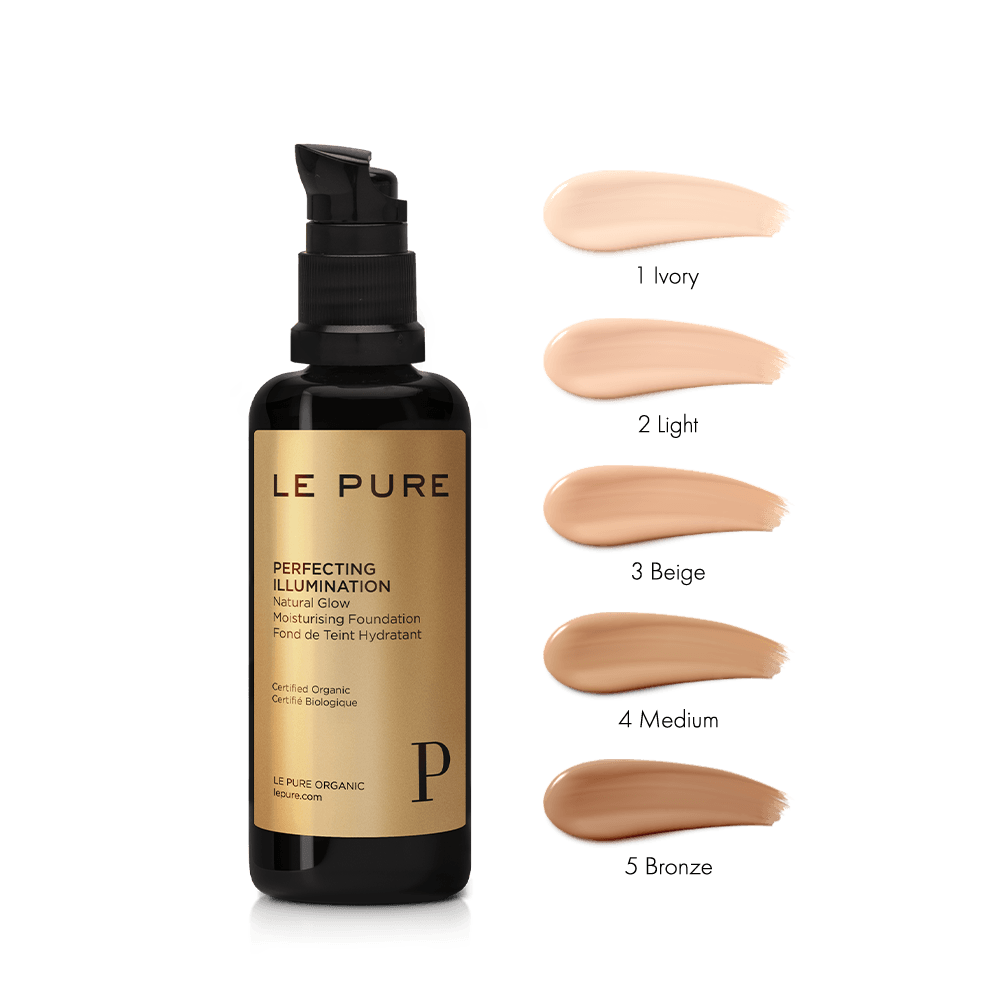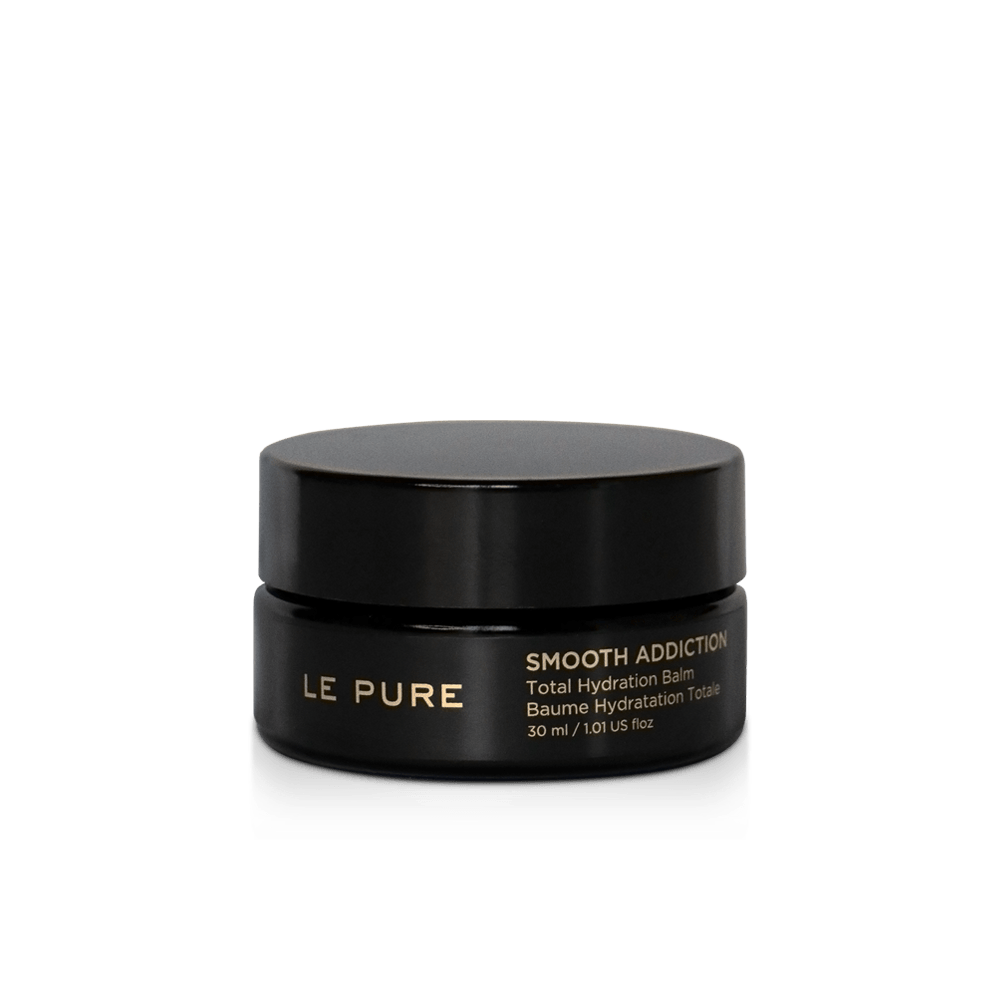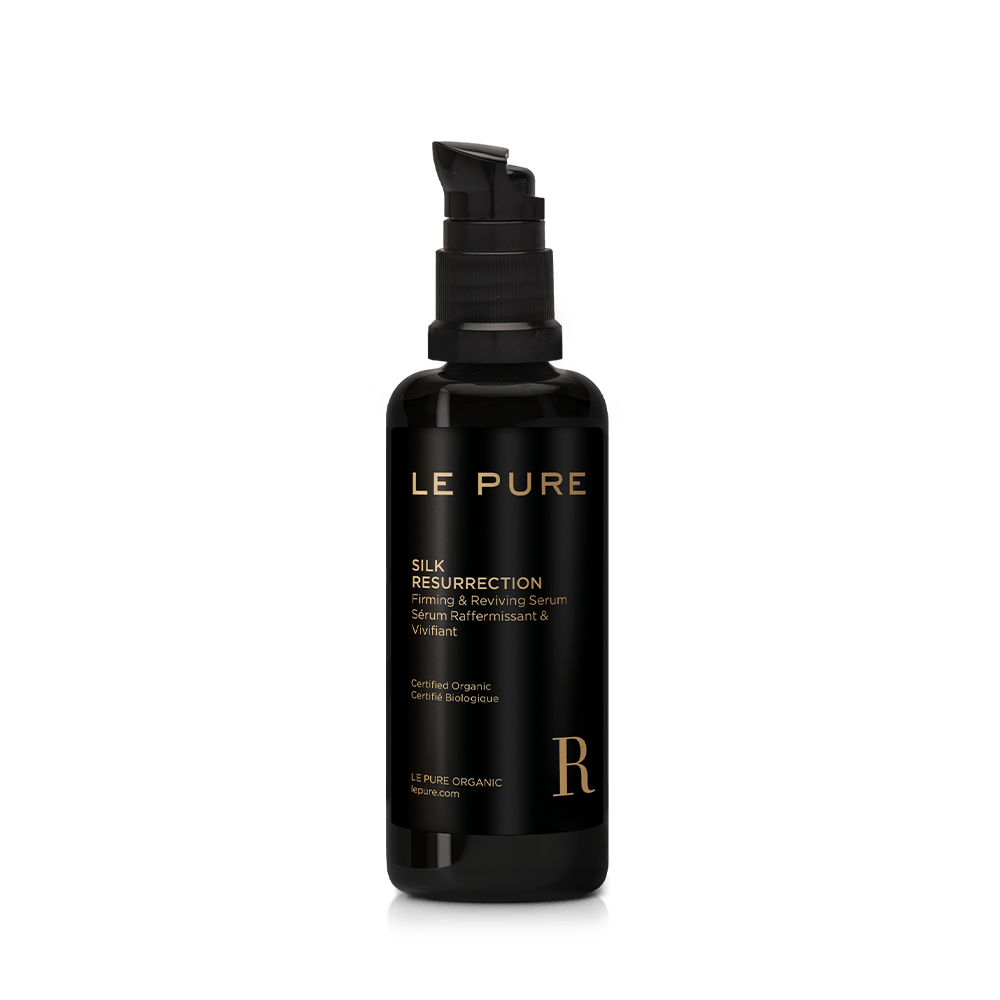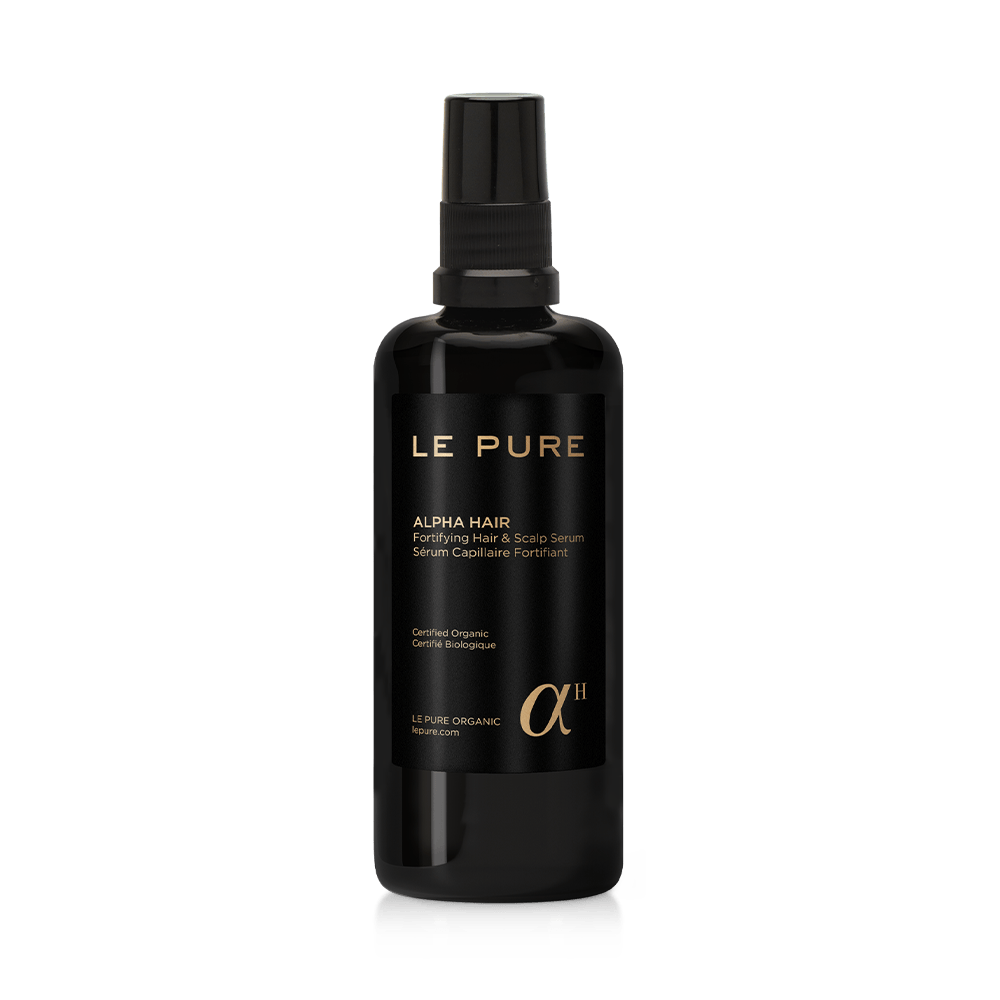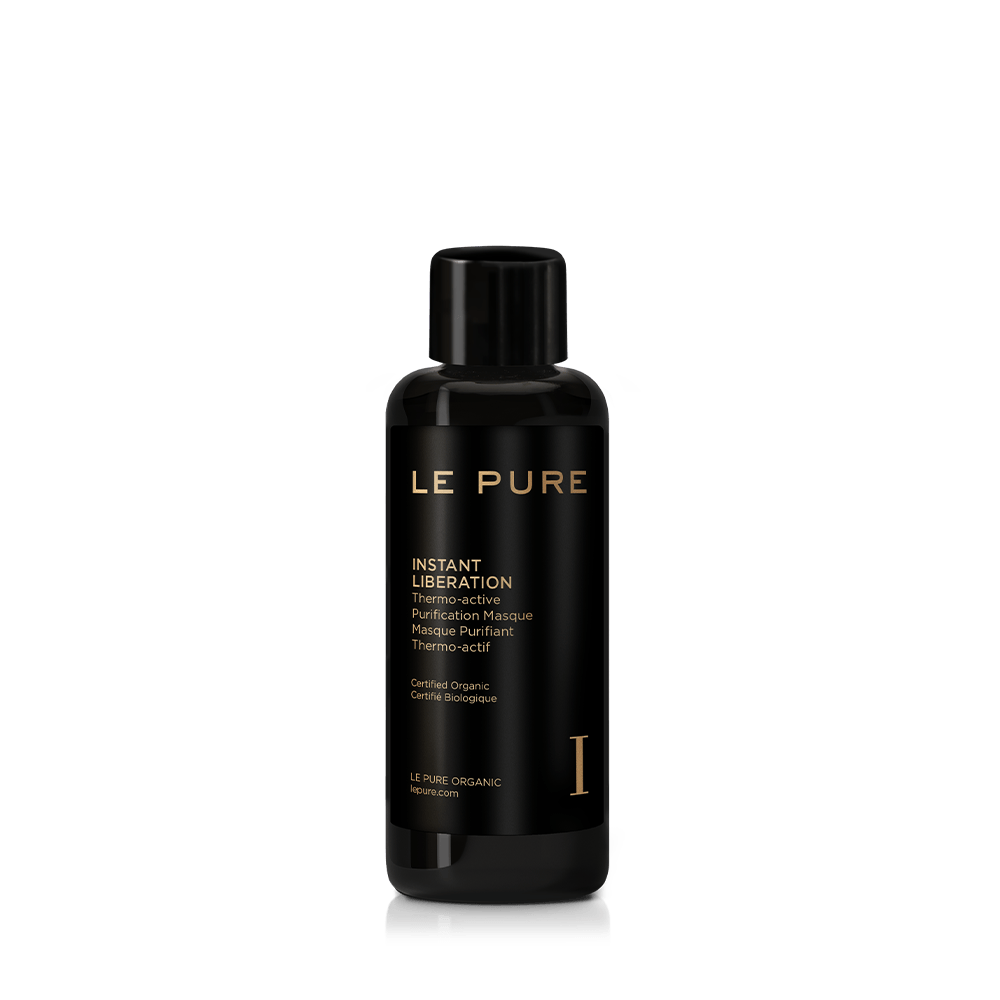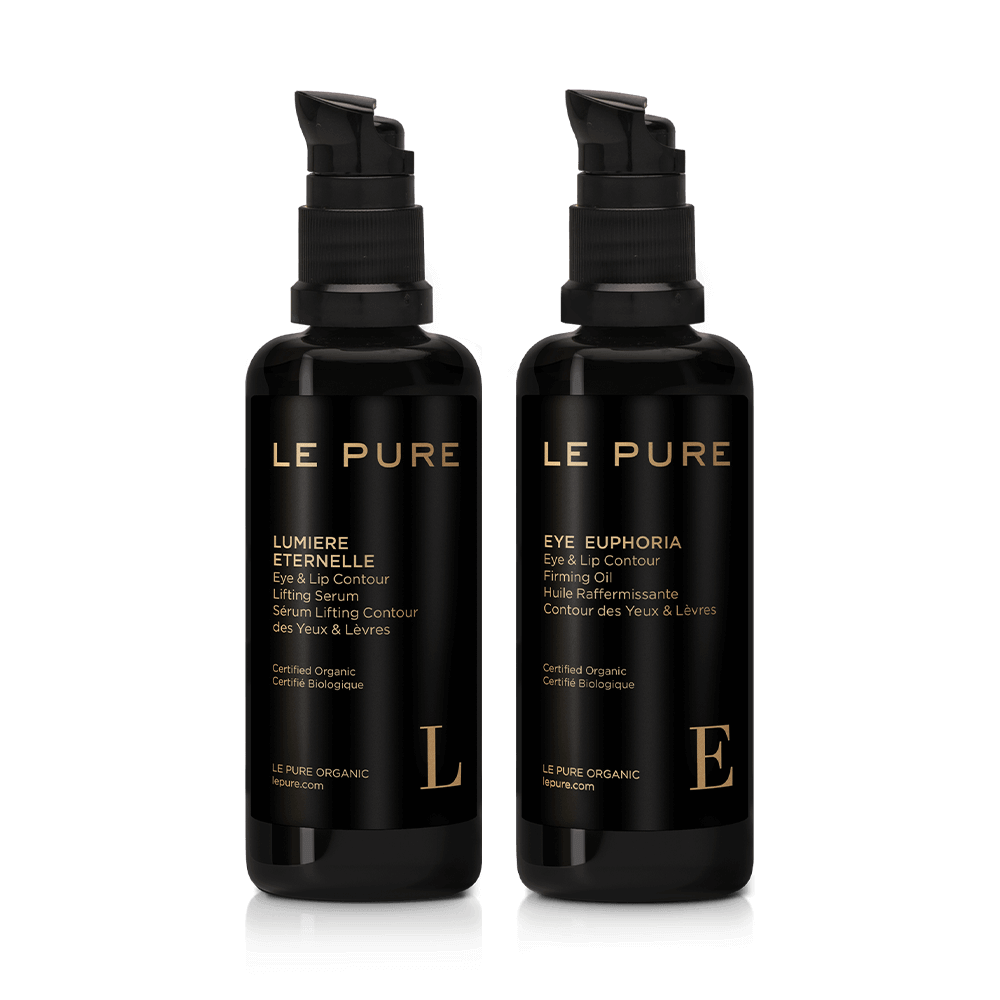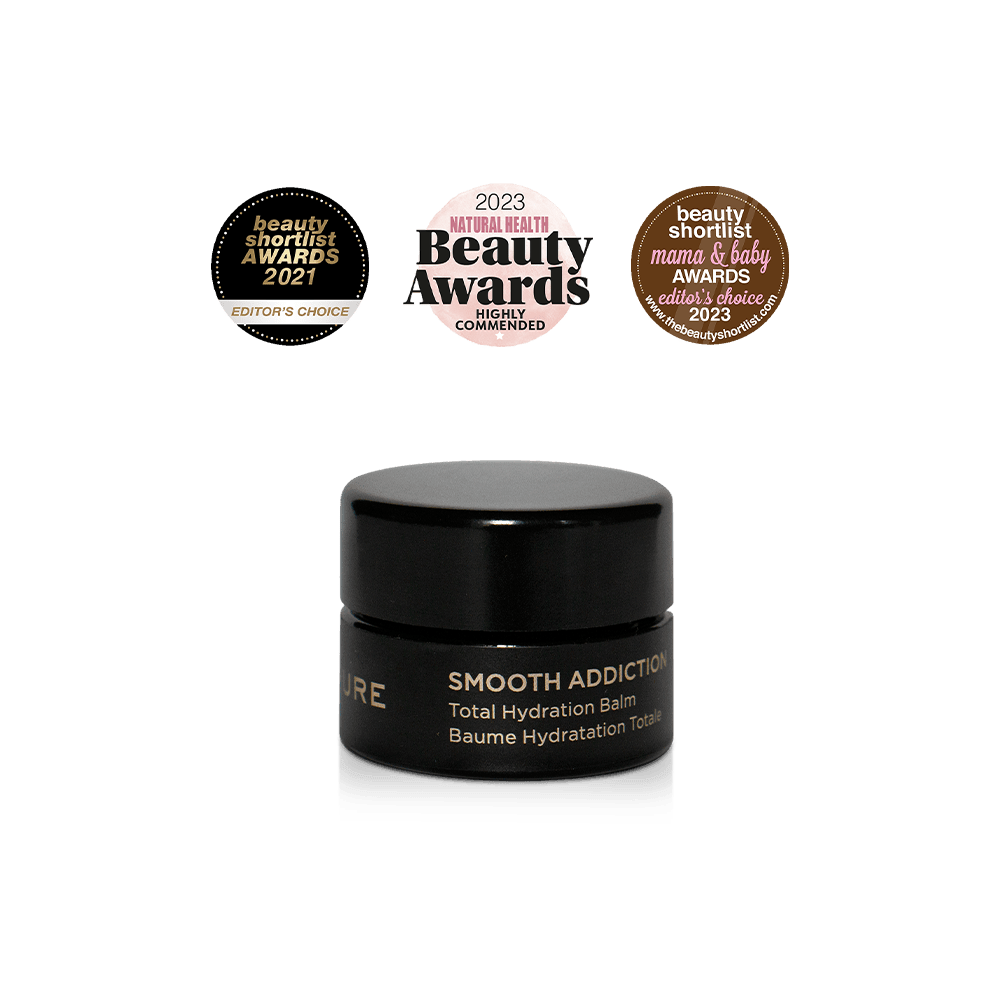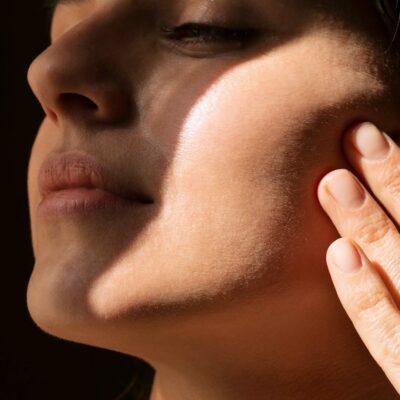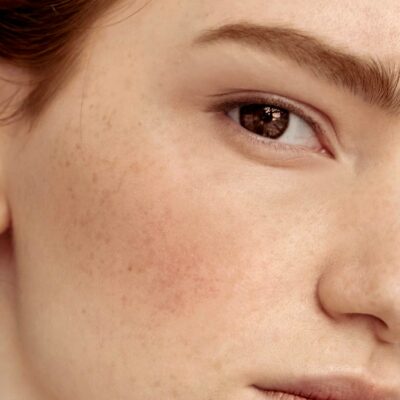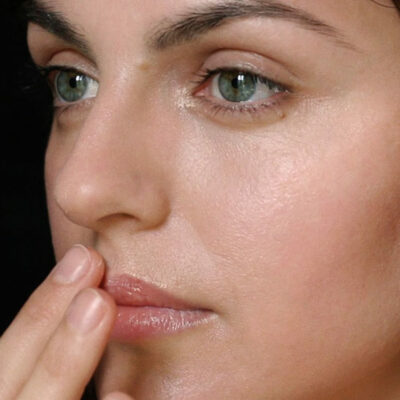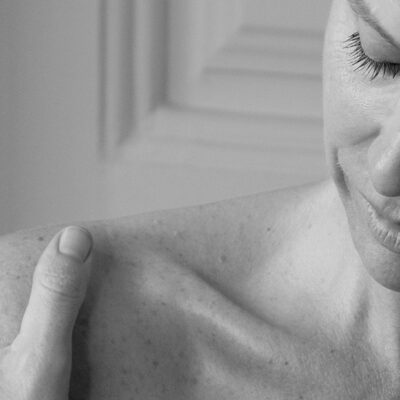What causes Rosacea?
Rosacea has become a very frequent skin disorder and recently even many young people and children are affected by this condition. To answer the question of what causes rosacea, we have to examine factors such as diet, intestinal health and how we treat emotional stress.
1. Nutrition and Rosacea
The relation between nutrition and rosacea is crucial to understand and treat this skin disorder. An unbalanced diet can favor an irregular intestinal flora and a permeable intestine (leaky gut).
We recommend eating foods that are rich in PRE-biotics such as inulin or topinambur (Jerusalem artichoke). There is an important difference between PRE-biotics and PRO-biotics. PRO-biotics can lead to the growth of all types of gut bacteria (the good and the bad ones), which can lead to even more imbalance. Probiotics should only be taken after an analysis of the intestinal flora and a consultation with a medical professional specialized in the intestine.
PRE-biotics from foods feed the beneficial gut bacteria and can therefore be consumed in your diet. Processed foods, an excess of sugars, grains, starches, fruit juices and smoothies can lead to an unbalanced intestinal flora and candida overgrowth.
Consumption of large amounts of Omega 6 along with a deficiency of Omega 3 in the diet can favor inflammation in the body and as a consequence the appearance of rosacea.
2. Intestine and Rosacea
The intestine and the skin are closely linked, therefore the more permeable the intestine is, the more permeable the skin. The relationship between the intestine and rosacea is crucial to understand this inflammatory skin condition. Even if you consume the best organic food, but have a damaged intestinal lining or leaky gut, your body won’t be able to absorb the nutrients correctly.
Leaky gut can also lead to important nutritional deficiencies, which can affect the entire body and increase overall inflammation. This can result in the skin not receiving important nutrients such as silica, which strengthens the capillaries.
The causes of intestinal permeability and an unbalanced intestinal flora can date back years or even decades. The prolonged use of antibiotics for example can create long-lasting damage in the intestine and requires a prolonged treatment and excellent diet to remediate.
Don’t self-medicate as certain supplements could actually trigger or worsen rosacea. Consult a doctor or integrative medicine, who will look for external as well as internal causes of rosacea. Following a blood test and other exams this medical professional will recommend an integral to improve your health and your rosacea condition.
3. Gluten and Rosacea
Gluten can be a trigger or cause of rosacea flare-ups. We are surrounded by pollution, synthetic substances and food that has been genetically modified. This combination leads to increased allergies and intolerances. Gluten sensitivity, gluten intolerance and celiac disease can be the cause or an aggravating factor of rosacea. Blood tests detecting celiac disease or gluten sensitivity are often inaccurate, therefore it is better to test it for yourself.
Eliminate wheat and other grains with gluten from your diet for a few weeks and see if the rosacea symptoms improve. Avoid eating bread and products that are marketed as “gluten-free”, as they often contain highly processed ingredients.
Instead, choose grain substitutes that are naturally gluten-free such as buckwheat, rice flour, almond flour, chestnut flour. The grains wheat and corn have been genetically manipulated for many decades, therefore it is best to avoid them altogether, whether you are sensitive to gluten or not.
4. Food Intolerances and Rosacea
Rosacea can also be the result of other food intolerances besides gluten. Such intolerances can lead to a permeable intestine overtime, favoring inflammation in the gut and the appearance of rosacea on the skin.
If you have allergies and digestive problems consult a doctor of integrative medicine to help you discover food intolerances that could cause or aggravate rosacea.
5. Candida and Rosacea
Rosacea can be causes or aggravated by overgrowth of the yeast candida albicans in the intestinal tract. An unbalanced nutrition with an excess of grains and sugars can cause this type of fungus to proliferate and cause an imbalance of the intestinal flora. A large percentage of the population is subject to candida overproliferation in the Western world.
6. Parasites and Rosacea
Parasites often cause the appearance of rosacea. A compromised immune system, an unbalanced intestinal flora, candida overgrowth and/or unbalanced nutrition can allow parasites to settle in the intestine. Parasites have been coexisting with humans for millions of years and periodic parasitic cleansing is part of most cultures. Spicy foods or combining foods with specific herbs or plants is an integral part of traditional cultures to remove parasites from the intestines.
In the Western world, we have lost these natural customs and also doctors are not trained to take parasites into consideration. Very often parasites cause little or no obvious symptoms, so they may go undetected for many years. Diagnosing parasites is extremely difficult and requires specific stool tests. Doctors specialized in integrative medicine usually have the training and experience to diagnose and treat parasites.
7. Vitamin D and Rosacea
A deficiency in Vitamin D strongly influences the rosacea condition. Vitamin D is a strong protector of the immune system, helps to combat viral infections, and it is essential to defend the bodies from candida and parasites. The lack of vitamin D favors a humid intestine, which in turn can lead to the proliferation of candida.
Vitamin D deficiency can also affect the thyroid gland and in consequence our hormonal system, which can lead to the appearance of inflammatory skin alterations such as rosacea and acne. We recommend regular blood tests and supplementation if necessary as advised by your doctor.
8. Emotions and Rosacea
There is an important connection between emotions and rosacea. Emotional stress can have a negative influence on the intestine and the skin, causing and/or aggravating skin inflammation and intestinal permeability (leaky gut).
Red and inflamed skin communicates emotional stress and toxic thought patterns to the outside world. Very often we are not conscious about this type of internal stress, because many experiences and toxic patterns can date back to our early childhood and even infancy. If these problems are not resolved, the skin condition stays the same or gets worse. It is important to treat these emotional issues as they can be the cause of a profound lack of self-confidence on one hand and skin alterations such as rosacea on the other.
Red skin in the face communicates an internal imbalance. When we investigate all possible causes of this imbalance, we can make changes to our lifestyle, which in time leads to more equilibrium in our body, our mind and in consequence also in our skin.
Our emotional state also affects the hormonal system and in some women the combination of these factors can negatively influence the skin during menopause and lead to the appearance of rosacea.
9. Diseases and Rosacea
Certain conditions for example autoimmune diseases can cause or aggravate rosacea skin. Improving all other factors such as skincare, nutrition, lifestyle and emotions can help to minimize the effects of the disease on the rosacea symptoms.
10. Medication and Rosacea
Medication can have a strong direct or indirect influence on rosacea. Antibiotics for example can alter the intestinal flora, which can worsen rosacea skin. Avoid self medication with probiotics as this can cause more damage to the flora.
11. Irritating Skincare and Rosacea
Rosacea can be irritated by skincare products. Cosmetics that contain synthetic or chemically modified fats can aggravate the skin with rosacea as they create an impermeable barrier on the skin. The skin cannot recognise these modified substances and therefore they remain on the skin surface, instead of profoundly nourishing and treating the skin condition.
It is essential to apply only calming, bioavailable (recognized by the skin) skincare products that calm and help to regenerate the skin. We also recommend avoiding cosmetics that contain endocrine disrupting substances that can negatively affect the hormonal system and in consequence the skin.
12. Aggressive Cleansers and Rosacea
Aggressive cleansers can worsen rosacea skin over time. Soap, cleansing gel, foaming cleanser, etc. all contain soap substances or synthetic detergents, which are not compatible with the microbiome and the hydrolipidic film of the skin.
If such soap products are applied with fast rubbing movements, the skin barrier suffers and the skin becomes permeable and sensitive. Instead, opt for cleansers that contain cold-pressed oils, plant extracts, minerals and essential oils, which purify the skin with bioavailable substances.
Any kind of rubbing has to be avoided as it aggravates the inflammation of the skin. Follow the instructions in the Antiaging Face Cleansing Ritual to prevent skin damage and premature aging.

